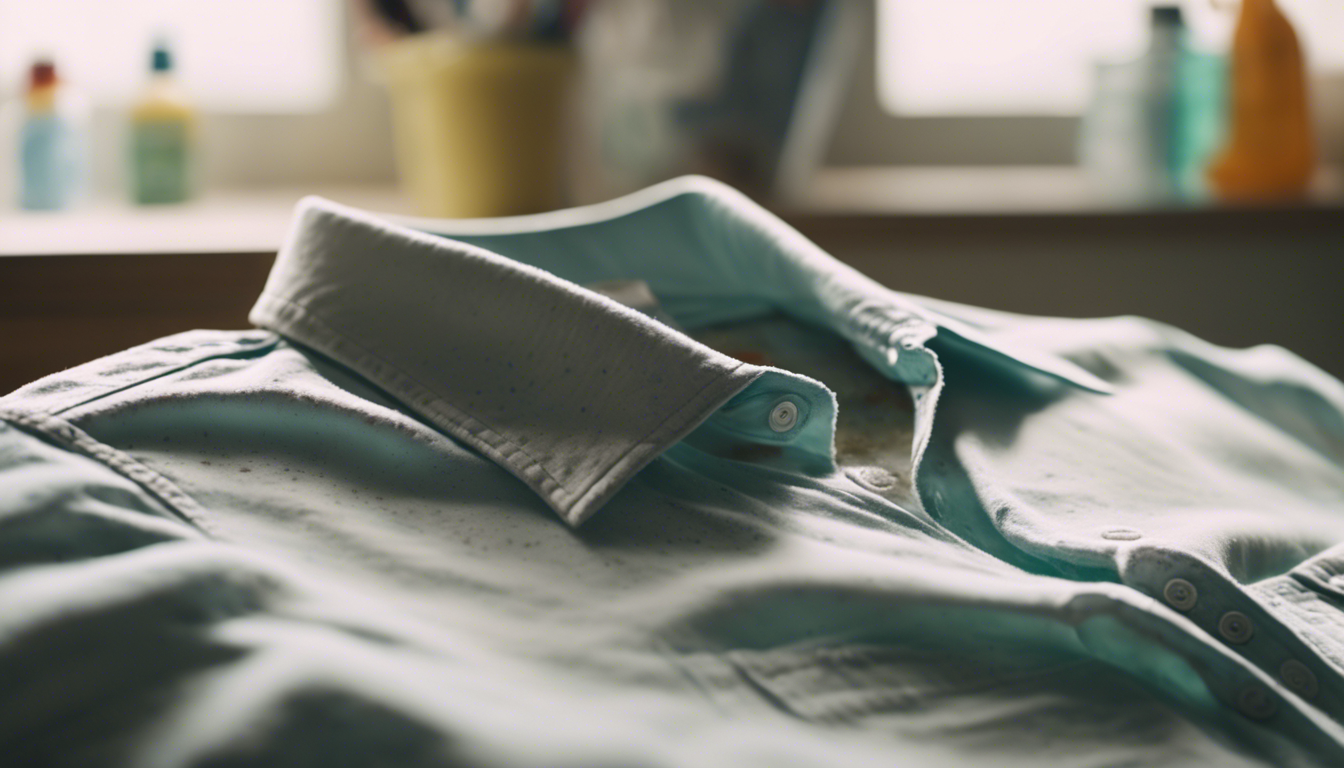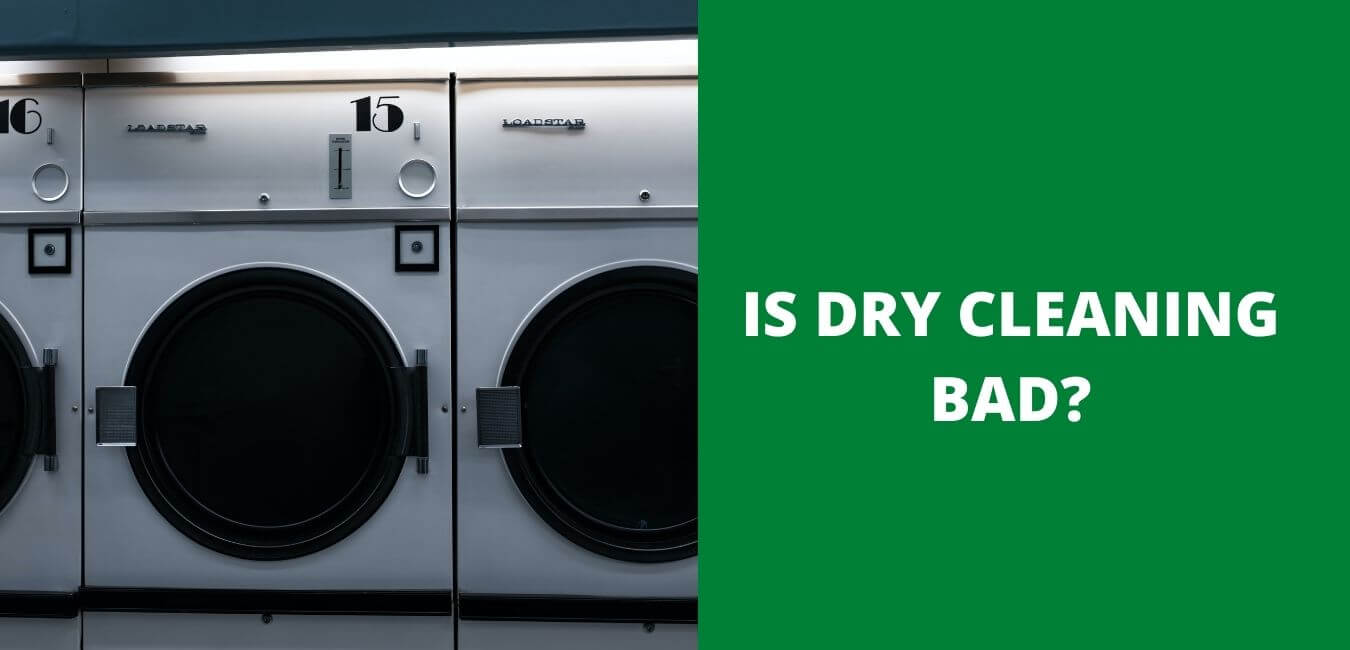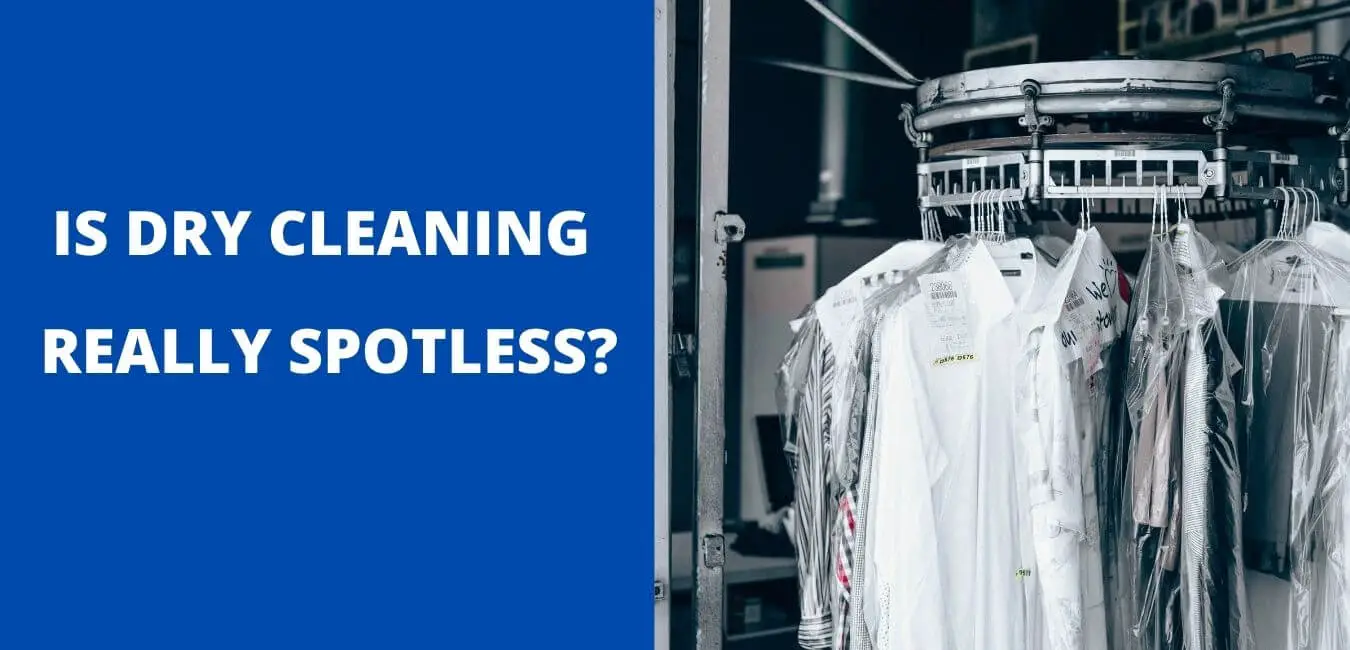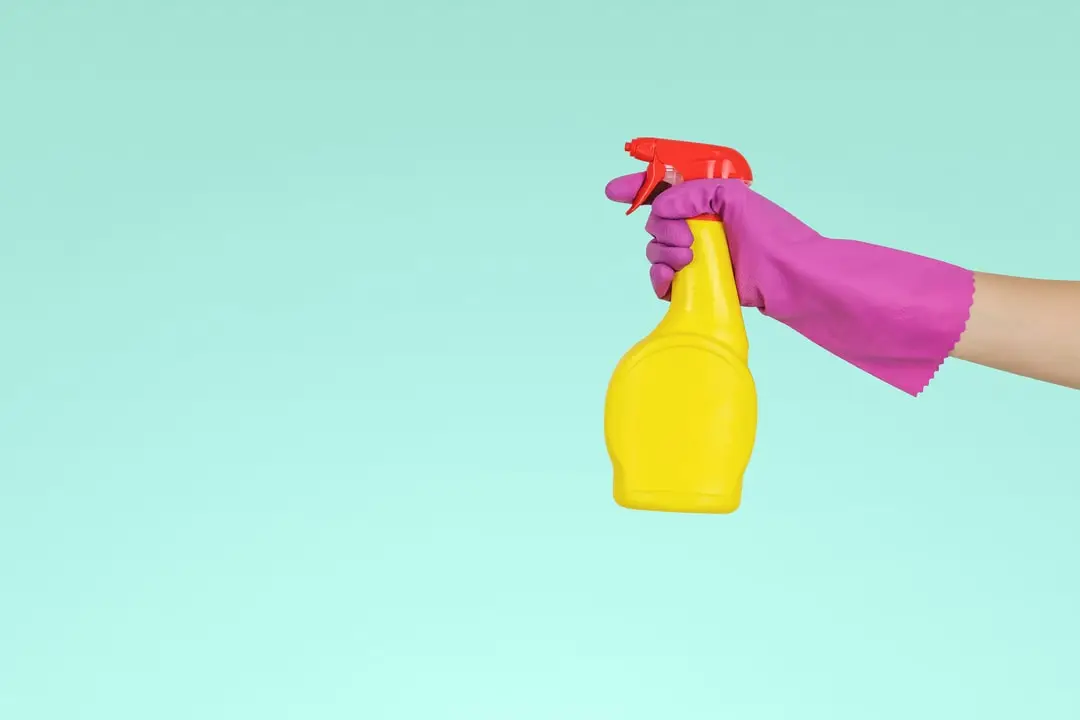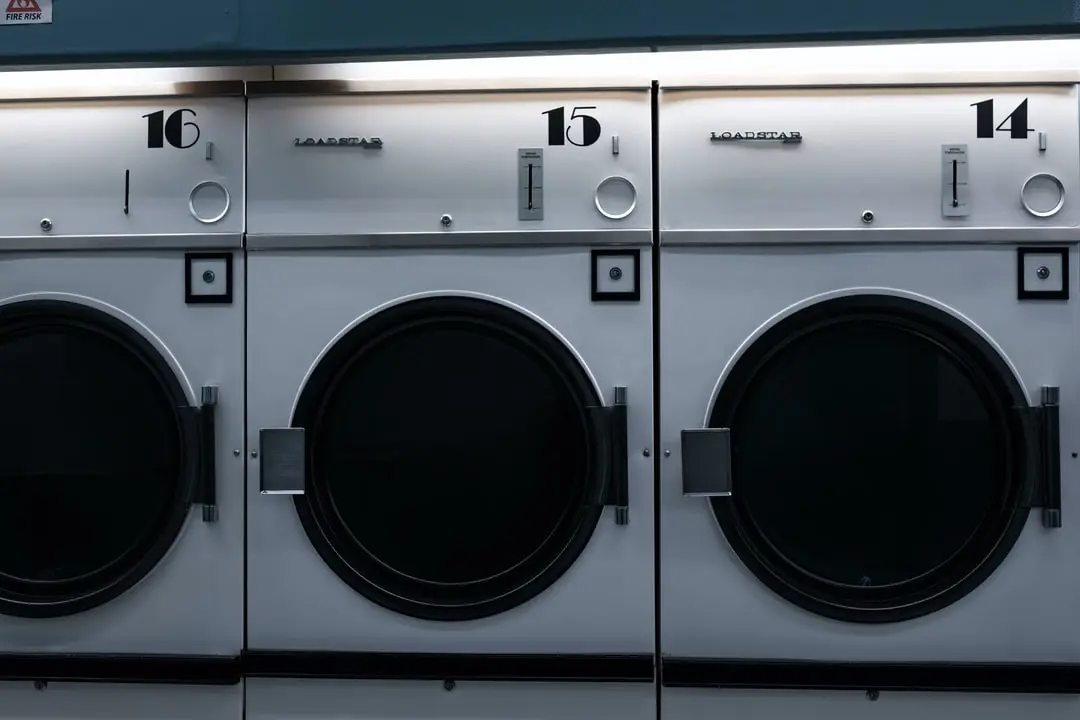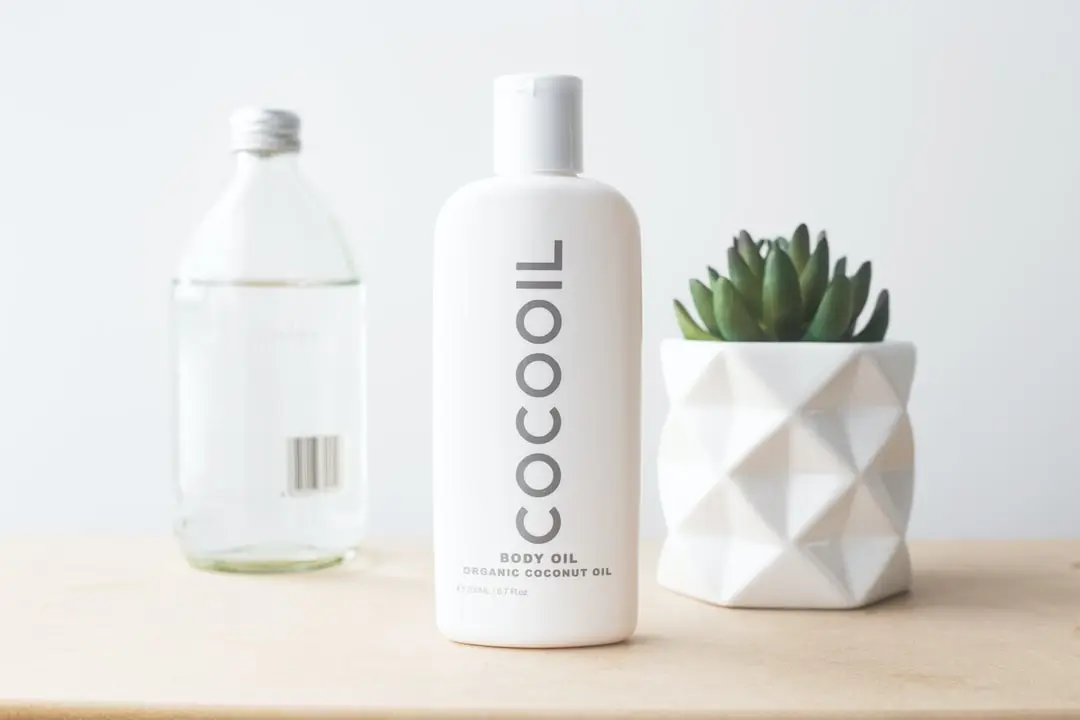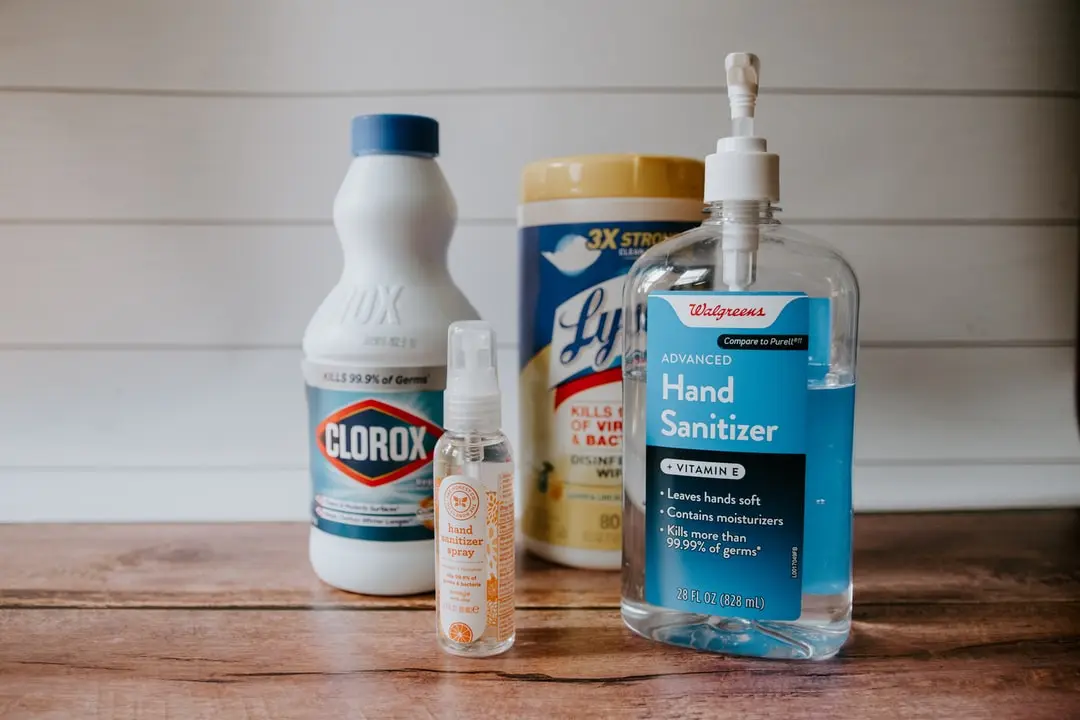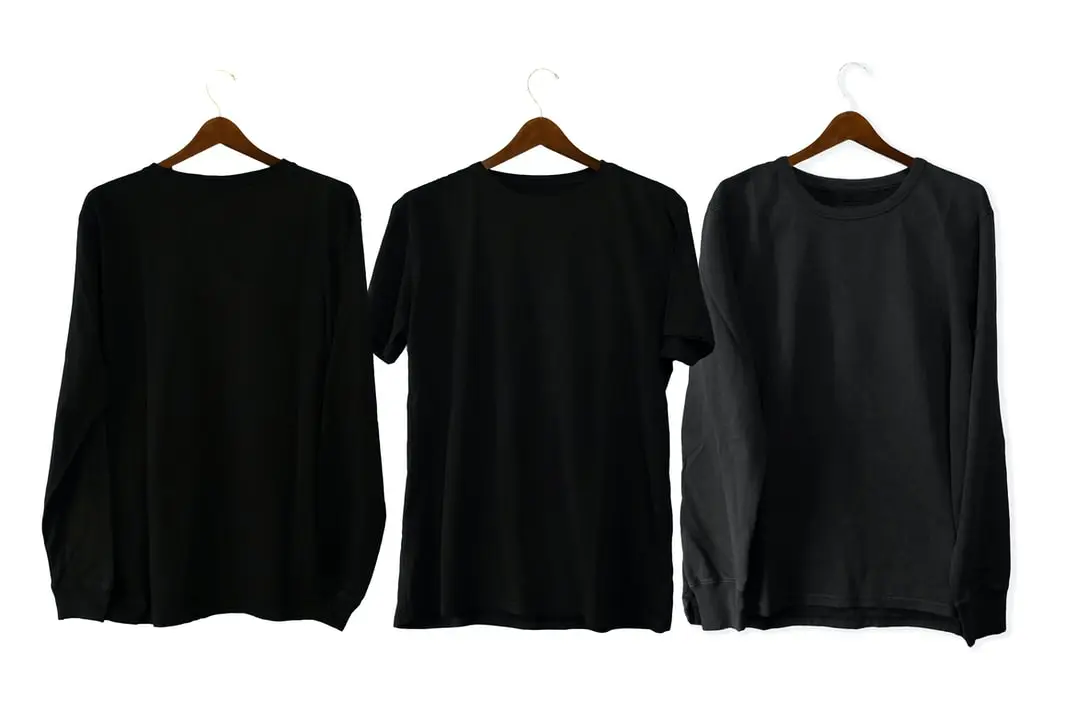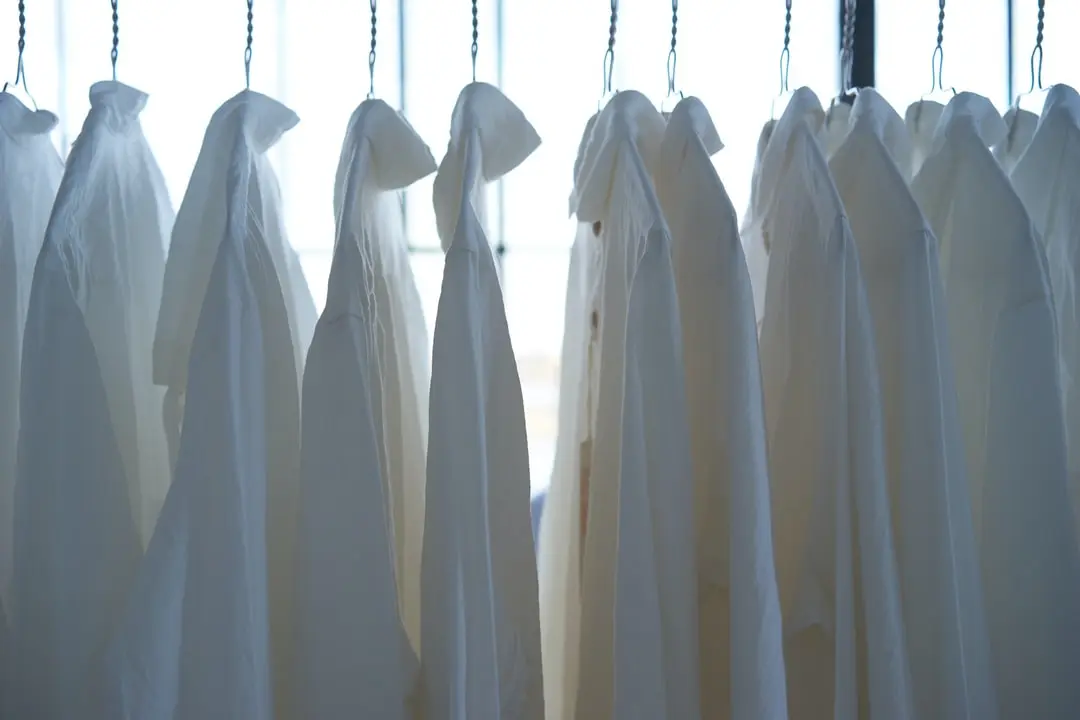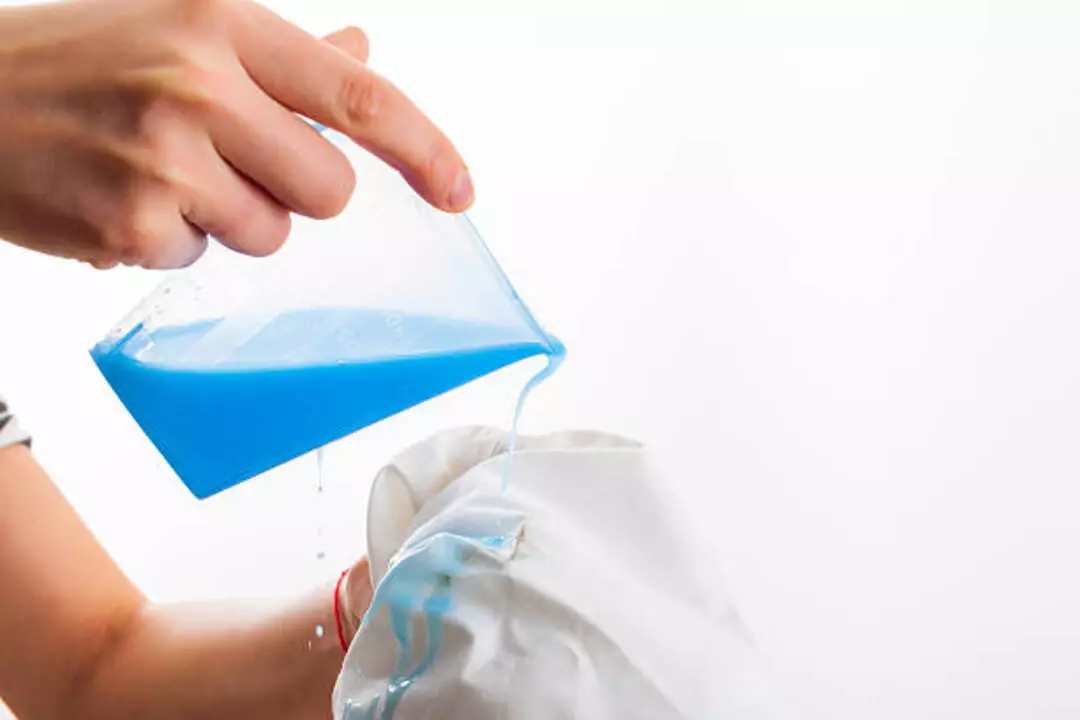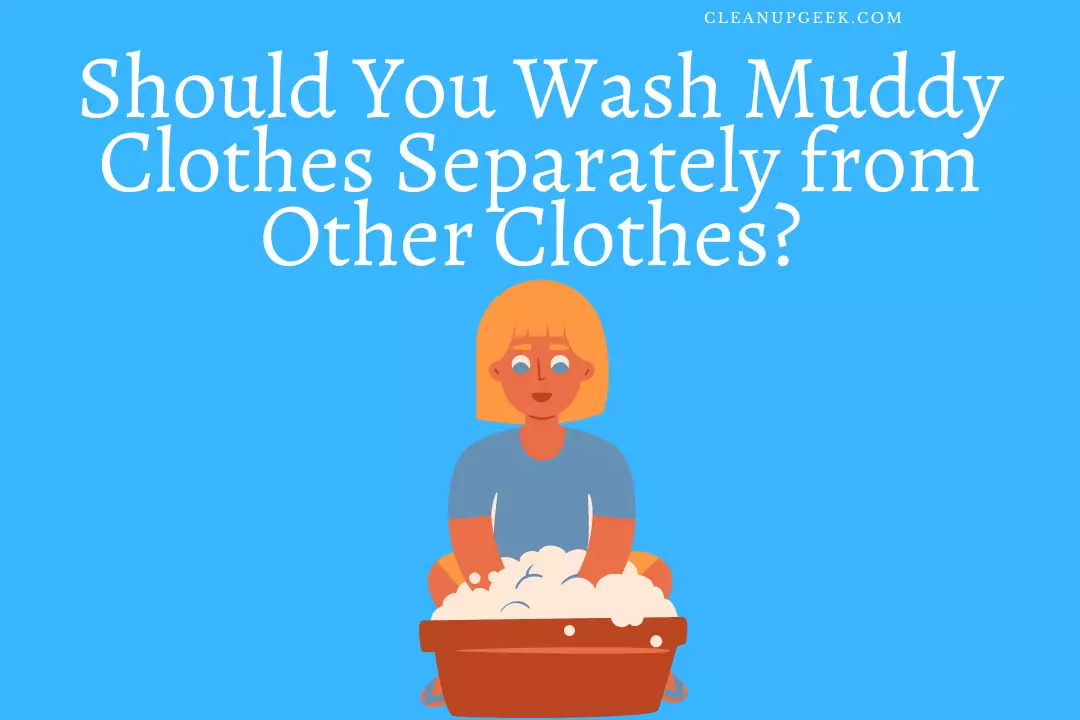Are downy stains putting a damper on your immaculate wardrobe? It’s a common problem, with fabric softeners often leaving pesky stains that can ruin the look of your clothes. This article is your ultimate guide to effectively dealing with these stubborn spots.
Dive in and discover how to restore your garments to their original glory effortlessly.
Key Takeaways
- Consider the type of fabric, severity of the stain, and previous treatments when removing downy stains from clothes.
- Dampen the stained area with water and use bar or liquid soap to remove downy stains from clothes.
- Soak the garment in vinegar or oxygen – based bleach for stubborn stains before washing as usual.
- Prevent downy stains by diluting fabric softener, cleaning out dispensers regularly, and avoiding overloading the washer.
Factors to Consider When Removing Downy Stains
When removing downy stains from clothes, there are several factors to consider such as the type of fabric, severity of the stain, and any previous treatments applied.
Type of fabric
The fabric of your clothes matters a lot. Some fabrics are tough, others soft. For instance, cotton and linen can take strong actions for stain removal. Denim also falls under this category.
On the other hand, silk or wool need gentle care. They may get damaged with harsh treatment like hot water or strong soaps. Always check the label on your clothing before you start to clean it.
This will tell you what type of fabric you’re dealing with and how to look after it.
Severity of the stain
The severity of the stain on your clothes is an important factor to consider when removing downy stains. Some stains may be fresh and light, while others may be older and more deeply set.
The severity of the stain can determine the method you use for removal and how much time and effort it will take. For light stains, a simple wash with detergent might do the trick.
However, for stubborn or heavily soiled stains, you may need to soak the garment in vinegar or oxygen-based bleach before washing it. Remember that different fabrics have different levels of tolerance for stain removal methods, so always check the care label before attempting any treatments.
Previous treatments
Before attempting to remove downy stains from clothes, it’s important to consider any previous treatments that may have been done. This includes any attempts made to remove the stain using other methods or products.
Knowing what has been tried before can help determine the best course of action moving forward. It’s also important to note if any fabric softener or laundry detergent has already been applied to the stain, as this can impact the effectiveness of future removal efforts.
By taking into account previous treatments, you can better assess the condition of the stain and choose the most appropriate method for successful removal.
Method of Removal
To remove downy stains from clothes, start by dampening the stained area with water and gently rubbing a small amount of bar or liquid soap onto it. Then, soak the garment in a mixture of equal parts white vinegar and warm water for about 30 minutes.
For stubborn stains, try using an oxygen-based bleach according to the product instructions. Lastly, be sure to properly use dryer sheets when drying the clothes to prevent any leftover residue from sticking to the fabric.
Dampen with water
To remove downy stains from clothes, the first step is to dampen the stained area with water. This helps to loosen and dilute the fabric softener residue on the fabric. Simply wetting the stain can make it easier to remove later in the process.
So be sure to dampen the affected area thoroughly before moving on to other methods of stain removal.
Use bar or liquid soap
To remove downy stains from your clothes, you can use bar or liquid soap. Start by dampening the stained area with water. Then, apply a few drops of laundry detergent or rub a bar of soap over the stain.
This helps to break down and lift the fabric softener residue from your clothes. Gently scrub the stained area using a sponge or cloth. Rinse thoroughly with water to remove any soap residue before washing as usual.
Using bar or liquid soap can effectively remove downy stains and leave your clothes looking clean and fresh.
Soak in vinegar or oxygen-based bleach
To remove downy stains from clothes, you can try soaking the stained area in vinegar or oxygen-based bleach. Vinegar helps break down fabric softener residue, while oxygen-based bleach is effective at removing stubborn stains.
Simply mix equal parts water and vinegar in a bowl, then soak the garment for 30 minutes to an hour. For oxygen-based bleach, follow the instructions on the product label and soak the stained clothing accordingly.
After soaking, wash the clothes as usual, and the stains should be gone. These methods are helpful in getting rid of fabric softener marks on your favorite garments without much hassle.
Properly use dryer sheets
To properly use dryer sheets, simply place one sheet in the dryer with your damp clothes. The sheet helps reduce static and adds a fresh scent to your laundry. Make sure to follow the instructions on the packaging for best results.
Dryer sheets can also be used to remove fabric softener stains from clothes by rubbing them directly on the stained area before washing. Remember that using too many dryer sheets at once can cause buildup and reduce their effectiveness, so it’s best to use only one per load of laundry.
Preventive Measures
To prevent downy stains from appearing on your clothes, dilute fabric softener before using it and ensure to clean out the dispenser regularly. Avoid overloading the washing machine to allow proper rinsing of the garments.
Lastly, use dryer sheets correctly to minimize fabric softener residue on your clothing.
Dilute fabric softener
To prevent fabric softener stains on your clothes, it is a good idea to dilute the fabric softener before using it. This can be done by adding water to the fabric softener in a separate container or by using less of the concentrated product.
By diluting the fabric softener, you reduce the chances of it leaving visible marks on your clothing. It’s important to follow the instructions on the packaging for proper dilution ratios.
Taking this precautionary step can help you avoid having to deal with stubborn downy stains later on.
Clean out dispenser
To prevent fabric softener stains on your clothes, make sure to clean out the dispenser in your washing machine regularly. Over time, residue from fabric softener can build up in the dispenser and transfer onto your clothes during the wash cycle.
This residue can leave behind unsightly marks that are difficult to remove. To clean out the dispenser, simply remove it from the washing machine and scrub it with hot soapy water.
Rinse it thoroughly before placing it back into the machine. By keeping your dispenser clean, you can avoid fabric softener stains and keep your clothes looking fresh and stain-free.
Do not overload washer
Overloading the washer can lead to poor cleaning results and ineffective stain removal. When you cram too many clothes into the machine, there may not be enough space for water and detergent to circulate properly.
This can result in fabric softener residue, lint, and scum remaining on your garments. To ensure that your clothes come out clean, make sure to follow the recommended load size for your specific washing machine model.
By avoiding overloading, you can prevent downy stains from appearing on your clothes and achieve better cleaning results overall.
Properly use dryer sheets
Dryer sheets can be useful in preventing downy stains on clothes. When using dryer sheets, make sure to follow the instructions provided. Simply place a dryer sheet in the dryer with your wet clothes before starting the drying cycle.
The heat from the dryer will activate and distribute the fabric softener on the sheet, leaving your clothes smelling fresh and reducing static cling. It is important to properly use dryer sheets as using too many or placing them directly on your clothes can leave oily residue or cause staining.
By following these steps, you can effectively use dryer sheets to keep your clothes clean and free from downy stains.
Additional Tips for Handling Downy Stains
For non-washable fibers, gently blot the stain with a sponge soaked in rubbing alcohol. For washable fibers, pretreat the stain with a laundry detergent and hot water before washing as usual.
And for other surfaces, like countertops or floors, use an all-purpose cleaner to remove any fabric softener residue. Discover more effective tips for handling downy stains on clothes by reading further.
Non-washable fibers
Non-washable fibers, such as silk or wool, require special care when removing downy stains. Instead of washing the clothing item, you can try treating the stain directly. Use a clean cloth or sponge and blot the stained area with a mixture of water and mild soap.
Be gentle and avoid rubbing vigorously to prevent damaging the fabric. Afterward, rinse the area with clean water and pat it dry using a clean towel. If the stain persists, it is best to seek professional help or consult specific care instructions for that particular fabric type.
Remember not to put non-washable fibers in the washing machine as it may ruin them permanently.
Washable fibers
For washable fibers, removing downy stains from clothes is relatively easier. You can follow the method of removal mentioned earlier: dampen the stained area with water, use bar or liquid soap to rub over the stain, and soak the garment in vinegar or oxygen-based bleach.
Properly using dryer sheets can also help prevent fabric softener stains on washable fibers. Just remember to dilute fabric softener before using it and clean out your washer’s dispenser regularly.
Avoid overloading the washer to ensure that your clothes get cleaned properly. Following these tips will help you effectively remove downy stains from washable fibers without damaging your clothes.
Other surfaces
You may encounter downy stains on surfaces other than clothes. For non-washable surfaces like carpets or upholstery, start by blotting up any excess stain using a clean cloth. Then, mix a solution of warm water and mild dish soap and gently dab the stained area with a sponge.
Blot the area again with a clean cloth to remove the soapy residue. For washable surfaces such as curtains or linens, you can try pre-treating the stain with a laundry detergent before washing them according to their care instructions.
Remember to always test any cleaning solution on an inconspicuous area first to ensure it doesn’t cause any damage or discoloration.
Conclusion
In conclusion, removing downy stains from clothes can be done by considering the type of fabric and severity of the stain. Dampening the stained area with water and using soap or vinegar can help in the removal process.
Preventive measures like diluting fabric softener and properly cleaning out dispensers can also prevent future stains. By following these steps, you can easily remove downy stains from your clothes and keep them looking fresh and clean.
FAQs
1. How can I remove downy stains from clothes?
You can use a prewash stain remover or liquid laundry detergent to wash away stubborn stains, including dried fabric softener ones.
2. Are there any steps to follow when removing detergent stains?
Yes. When removing laundry detergent residue or fabric softener spots, you should apply the stain remover and let it sit before rinsing with water.
3. Can all types of clothing be cleaned in the same way?
No! Different fabrics need different care methods for effective downy stain removal. You should read the item’s care label first.
4. What can I do to avoid new downy stains on my clothes?
Preventing fabric softener spills includes adding the conditioner during the rinse cycle and making sure not to pour it directly on clothes.
5. What if my white clothes have fabric softener marks?
For white items with Downy stains, rubbing alcohol could help before washing as per normal with your regular laundry process.
